So your raw honey solidified...
Not to worry, we'll tell you exactly why this happened and what to do about it.
Hint: Your honey is still good, it has the same taste of liquid honey with tiny sugar crystals. In fact, honey that has crystallized means that it is 100% Pure Raw Honey.
You can eat crystallized honey. And if you prefer your honey runny, you can decrystallize honey it in a few easy steps. We'll show you how and much more.
Let's Go!
What is Honey Solidified?
Honey solidified is the result of a process called crystallization. It is a natural process that occurs in all 100% Pure Raw Honey where crystals form over time that are similar to rock candy.
Honey is mostly known as a substance that is in a thick liquid honey state. However, over time, all real honey will eventually start to crystallize, turning back into it's natural solid state.
Let's do a quick dive into what honey actually is so that we can understand why honey solidifies even better.
What is Honey?
Honey starts its process when honeybees collect nectar from flowers. Nectar is a sugary liquid produced by plant flowers to encourage pollination by insects. The nectar is collected by the honeybee's long tube shaped tongue and stored in their crop which is an extra honey stomach.
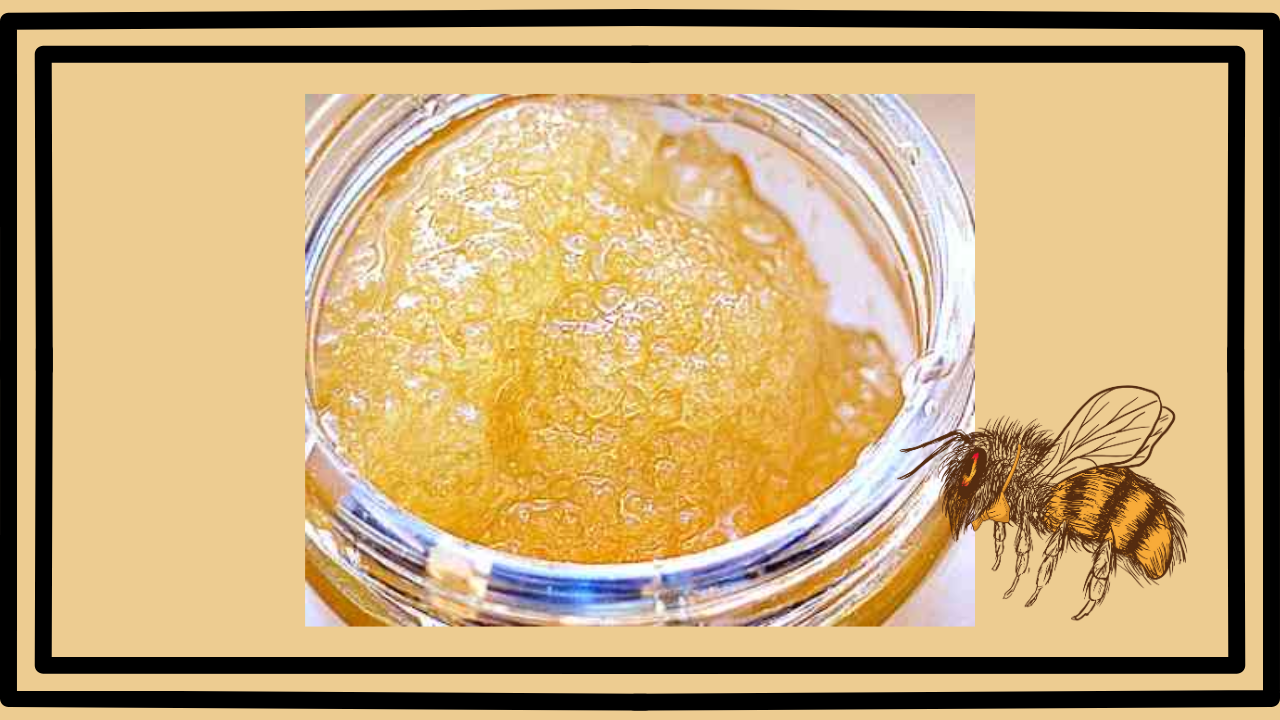
As the honeybee flies from flower to flower the nectar is sloshed around in it's crop. Enzymes are added to the nectar inside the crop which change the chemical composition and PH levels of the nectar making it more suitable for long term storage.
When the honeybee returns to the hive, the nectar concoction is transferred to other bees back and forth, further mixing and adding enzymes. Basically throwing up into each others mouth until the nectar has reached the perfect consistency. It is then deposited into the honey combs.
At this point, the nectar solution is not honey yet. It is still in a very watery state. The honeybees fan their wings over the honey comb to help the water evaporate. This process slowly turns the nectar water into golden liquid honey.
When the proper moisture content in the honey has been achieved, the honeybees "cap off" the honey comb with wax which will keep the honey safe for long term storage inside the hive.
At this point beekeepers rob the honey comb from the beehive, cut the wax capping and extract the honey from the honey comb.
Here's the extraction process...
Why is my honey solidified?
The process through which raw honey solidifies is completely natural! Different honeys crystallize at different rates. But all REAL honey will crystallize eventually.
Honey is a supersaturated solution made up primarily carbohydrates glucose and fructose held in suspension by water. Over time, the carbohydrates begin to fall out of suspension with the water and form sugar crystals.
Glucose will form crystals quicker than the fructose because it is less water soluble. That's why it's common to see a jar of raw honey with crystals and still have portions of honey that's still in liquid form.
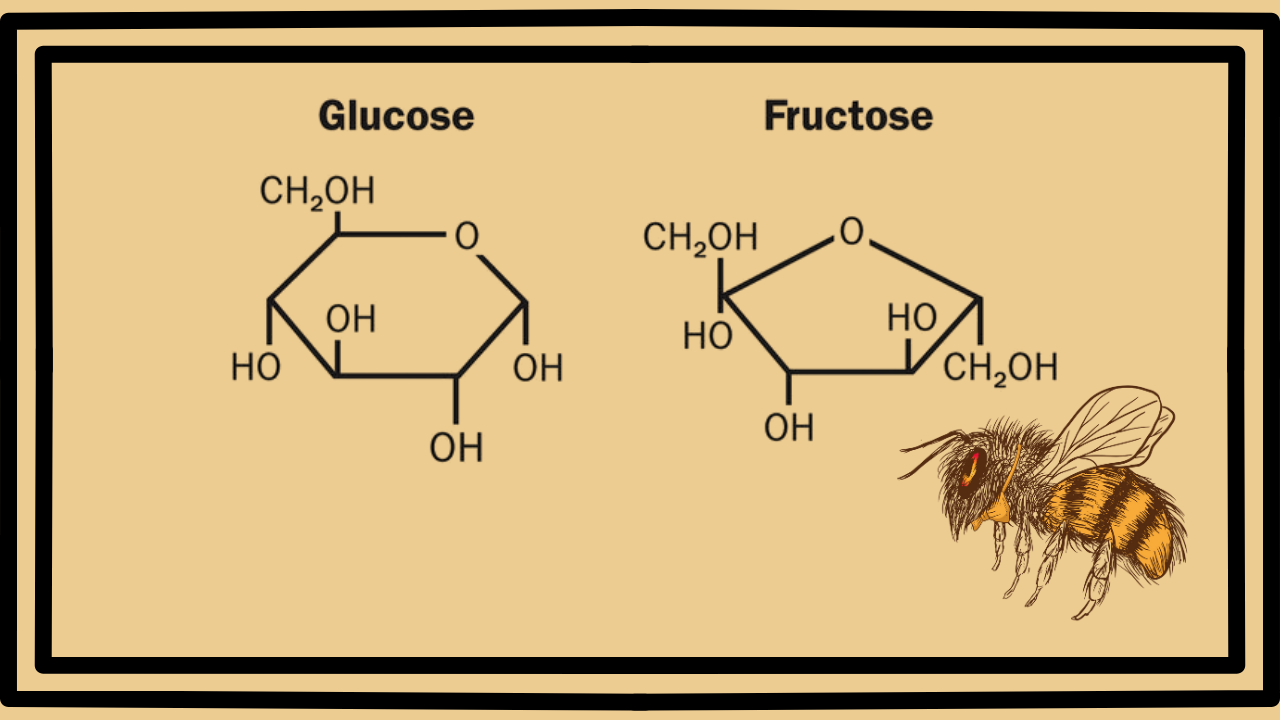
There are different ratios of fructose/glucose in honey depending the sugar content of the nectar source. Honey with a low glucose to fructose ratio will crystallize slower than one with more glucose content.
In honey with high glucose content, small particles of pollen act as a medium on which the glucose molecules come out of water solution and begin to crystallize. Therefore, honey producers with higher glucose levels may find that heavily filtering their honey to remove pollen will slow crystallization.
It's important to note, unfiltered honey is just lightly strained to remove any large particles that may be in with the honey. The process of removing all pollen particles to prevent crystallization is referring to ultra filtration, which requires heating the honey which will discuss further below.
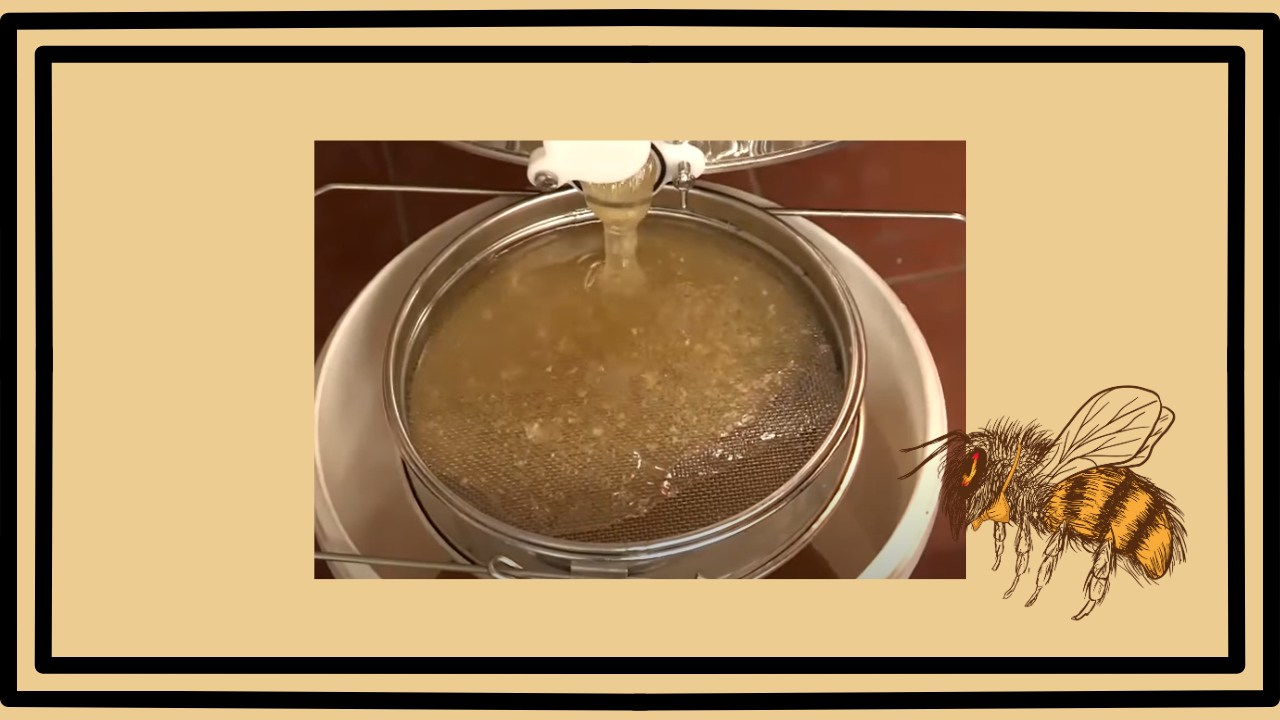
Another reason honey crystallizes is temperature. Honey crystallize usually occurs at temperatures below 72 degrees. If you prefer runny honey, store it near the stove in your kitchen or in a warm area of your house, try not to store your honey in an area with low temperatures like the back of a cupboard. This should significantly slow the speed at which the sugars in your raw honey crystallize.
Why isn't my factory produced honey solidified?
As we just discussed, crystallization occurs rapidly in honey with a high glucose content. Large honey producers number one priority is meeting customer demand. Most honey customers demand honey that is liquid with a long shelf life.
Due to the nature of the large honey producer's business, they usually import honey from all over the world. Instead of testing each batch of honey for the specific amount of natural sugars, they heavily filter the honey to remove bits of pollen and other solids that may be in the honey. This process slows the crystallization process.
In order to heavily filter honey, it must be heated. Large honey producers are known to rapidly heat the honey which destroys many of the beneficial amino acids and enzymes found in raw honey.
This rapid heating process as well as the ultrafiltration process severely slows the rate of crystallization. Heating honey over 100 degrees disqualifies it from being classified as "raw honey."
You can read more about many of the different terms used to describe honey here in this article What is 100% Pure Raw Honey?
Is honey solidified safe to eat?
Yes! Solidified Honey is perfectly safe to eat and it's actually quite delicious. Crystallized honey has the same flavor as liquid honey and is easier to spread on toast or bagels. It scoops out of a jar easily without the drippy mess and quickly dissolves into many of your favorite hot drinks.
There's no reason to worry if your honey solidified, because it means you have real raw honey.
In fact, there is a honey product called creamed honey which is basically crystallized honey. It's a thick consistency with the same honey flavor that is easy to spread with very fine crystals evenly dispersed.
Creamed honey is made by heating raw honey and rapidly cooling it while adding a "seed" which is crystallized honey that causes the rest of the honey to form tiny crystals in an even, smooth consistency. It's delicious.
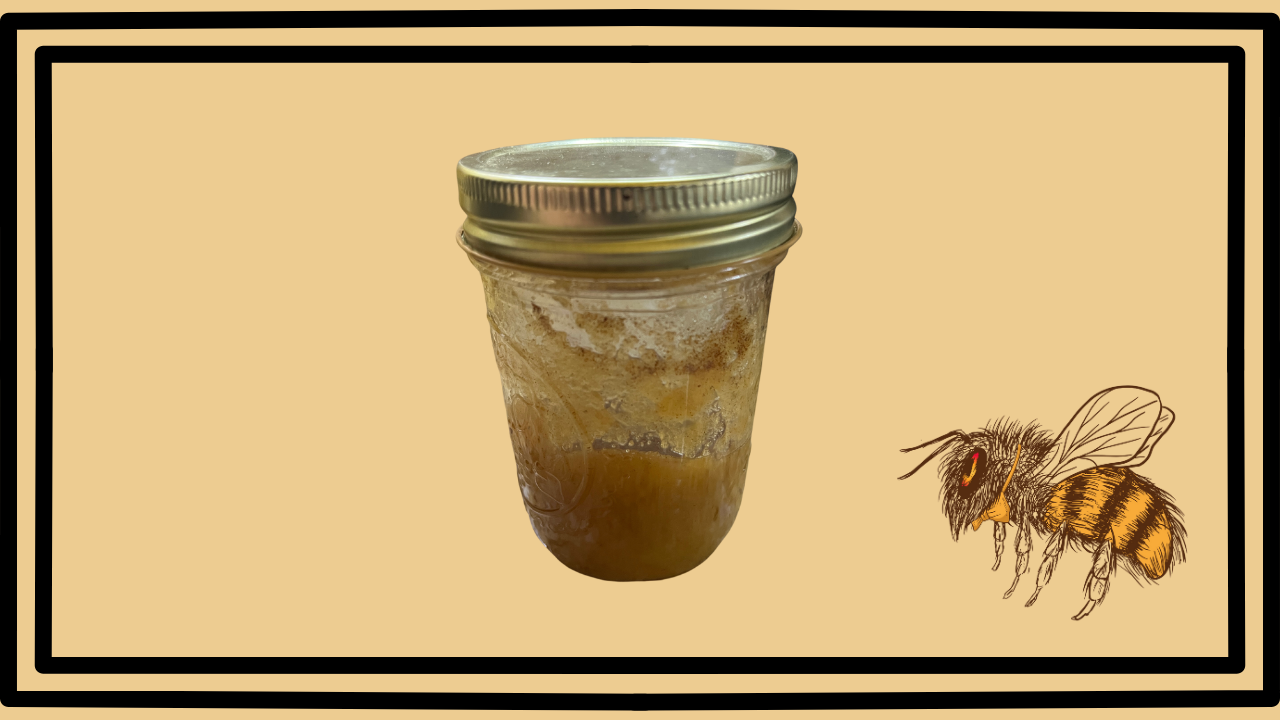
If you would like to return your raw honey back to it's liquid state, it's a fairly simple process.
How to undo honey solidified
In order to return crystallized honey to it's runny liquid state it must be gently heated. Usually honey can be re liquified by simply placing the honey jar or bottle in warm water. The warm water bath will take some time, but eventually, the crystallized honey will begin to return to liquid.
If this doesn't seem to work and your crystallized honey is in a glass jar, you can try the following method. Put water in a pot and place the jar of crystallized honey with the lid removed in the water.
Begin to heat the pot slowly to around 100 degrees, do not bring to a boil. Placing a glass jar in boiling water can be dangerous, and it's unnecessary. The honey will slowly begin to liquify turning back into drizzly sweetness!
Honey that is stored in plastic squeeze bottles shouldn't be heated because it can cause some of the plastic chemicals to seep into the honey. However, if you lightly warm the bottle under a hot tap water from the faucet, it should get your honey back to runny status.
Don't forget to keep it in a warm location now that you've gotten back to drippy status!
Another point to think about is the bottle or jar your honey is stored in. This can help you de crystallize it. But it boils down to personal preference.
Best containers to prevent honey solidified
Raw Honey is usually stored in either plastic or glass containers. There are pros and cons to each one. A sealable glass jar is said to be safer for long term storage since glass is less likely to leach into the honey. Plastic can leech in extreme heat so be careful with your plastic honey jars.
Glass is not as easily handled as plastic since it's breakable, so it's not as easy for on the go honey enjoyment. Glass also requires a utensil to transfer the honey to your cup, bowl, or mouth! Plastic jars are very convenient with squeeze pour dripless lids.
Many people prefer to store their honey in glass jars, while others prefer squeezable plastic. Tor this very reason, we have a full selection of various sized glass and squeeze jars for you here, shop now.
If you're looking for the convenience of a squeeze jar with the long term storage of a glass jar, check out our new honey pump dispenser!
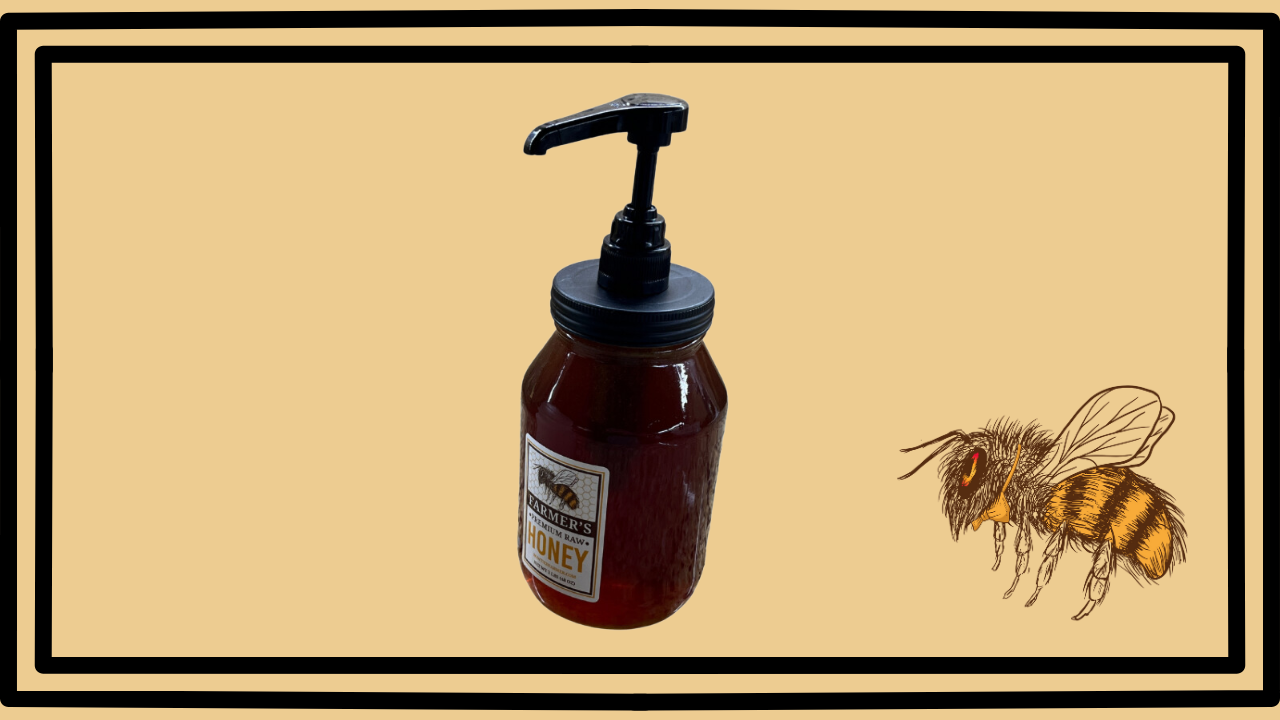
The "Don't" list to prevent honey solidified
To sum it all up, here is a quick list of the don'ts, for honey solidified.
-
Don't store honey in a cold place
-
Don't throw honey away just because it crystallized, that stuff is delicious!
-
Don't forget that you can reliquify crystallized honey easily by lightly heating it
-
Don't over heat honey, it will damage the beneficial enzymes and antioxidant properties of your liquid gold
-
Don't reliquify your honey over and over again, only re-liquify the amount of honey you plan to use.
-
Don't heat honey in a plastic bottle too hot. If it crystallized in a plastic bottle, lightly heat and transfer into a glass jar. This way if it crystallizes again, you can eat it with a spoon out of the jar. (Crystallized honey is harder to get out of a plastic bottle.)
